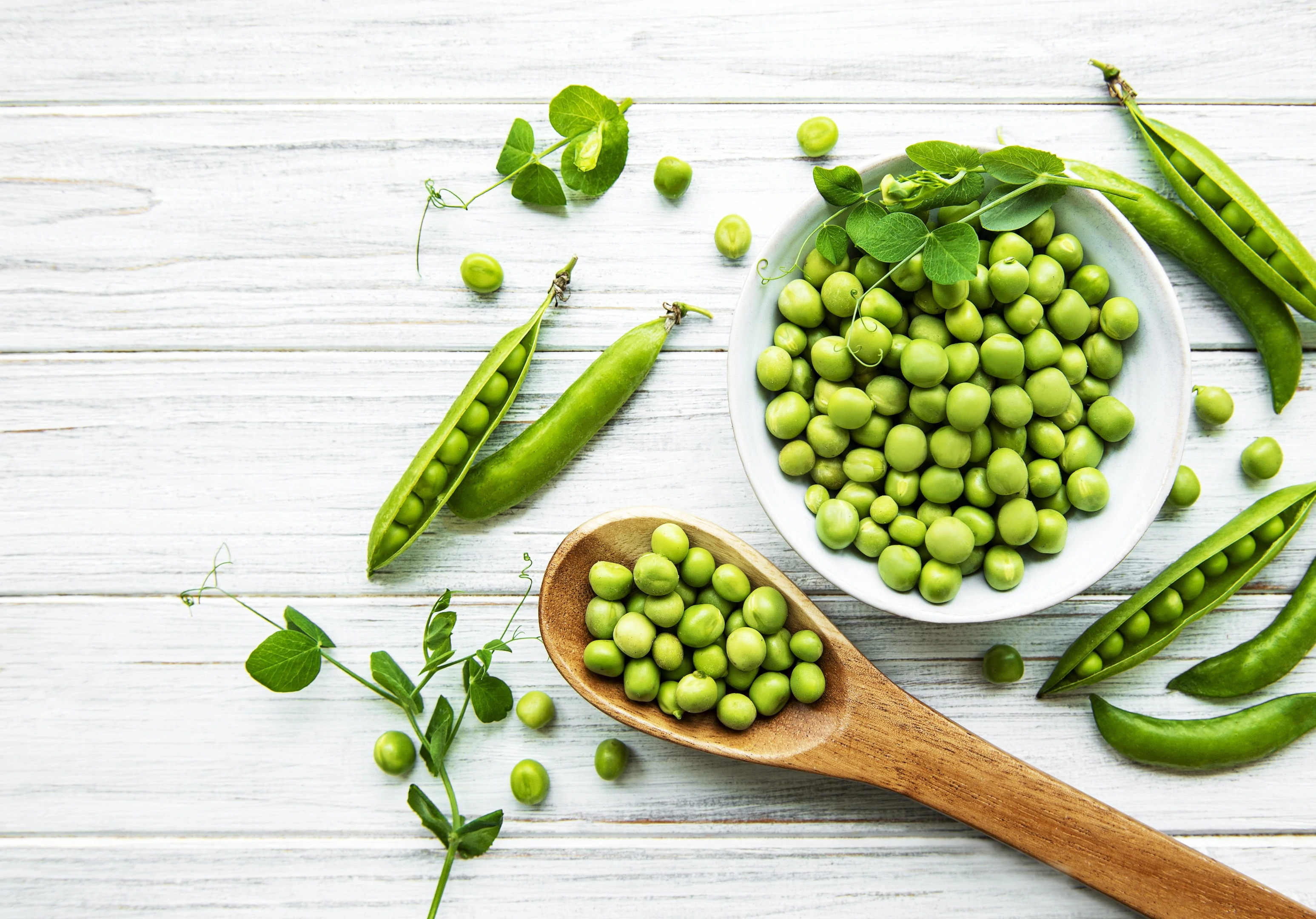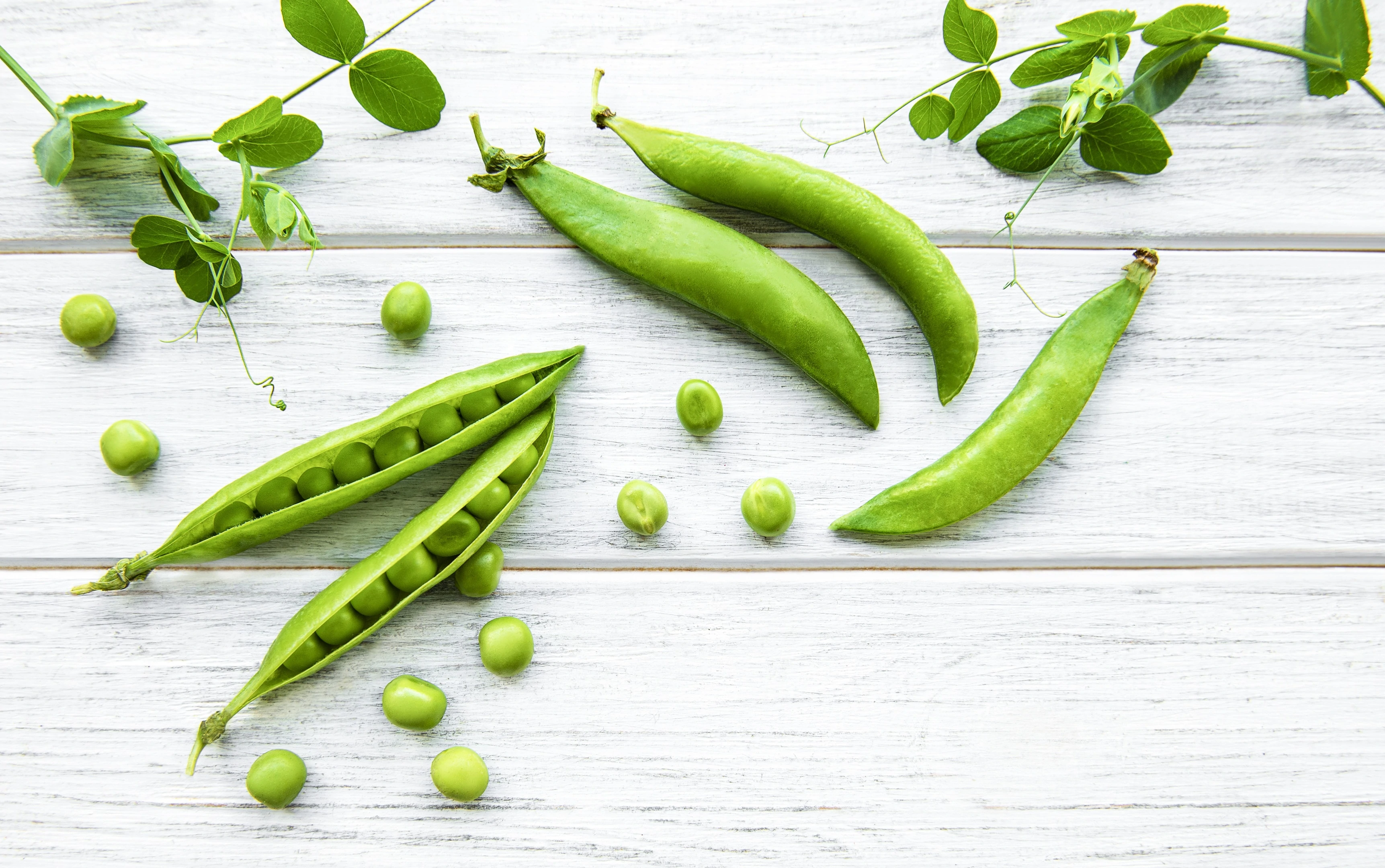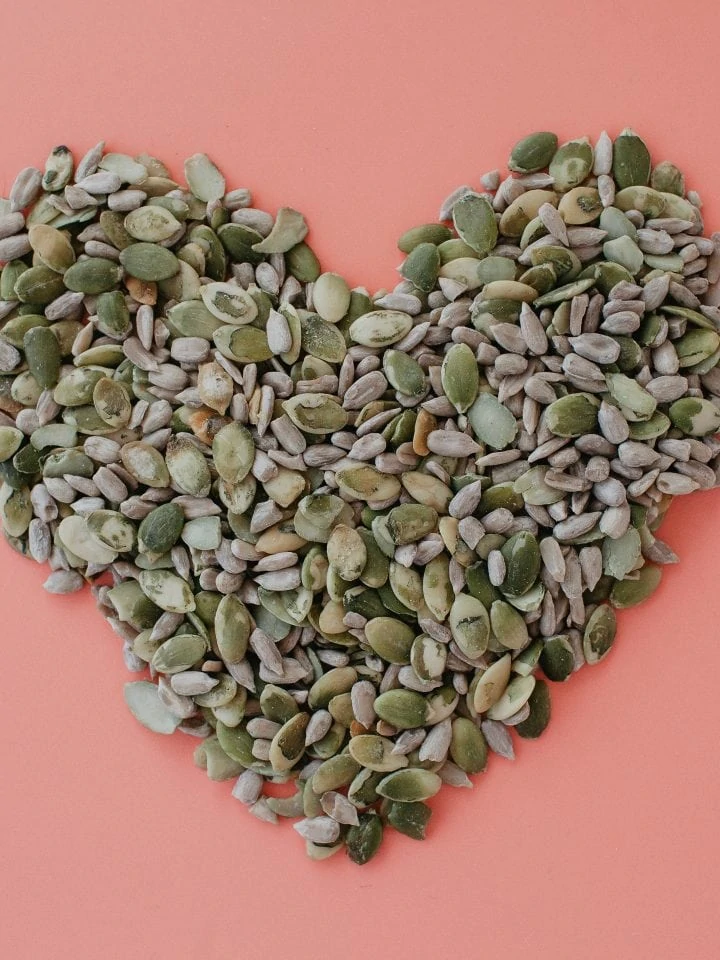The pandemic brought with it an unprecedented amount of stress to everyone. Aside from the mental and financial toll it caused, the physical beating that humans had to endure is beyond words.
One such detrimental effect of too much stress is on the skin. It is well known that excessive stress is detectable by how one looks, usually with dull skin or hair loss.
Due to this dilemma, the demand for skin-nourishing products increased immensely. While different chemical-based creams and lotions are available, some opt to have clinical intervention through their dermatologist. Also, pills rich in skin-nourishing ingredients are prevalent.
There is nothing wrong with the above-mentioned skin-care routines. However, why spend a sizable amount of money on something that you can get from vegetables in your kitchen?
You read it right! Nature never runs out of options to offer for each human need, and this time, it is the humble green peas benefits for skin that will take the spotlight.
Jump to:
The green pea plant

You may find them readily available in shelf-stable or frozen formats in supermarkets. Still, peas are easy to grow if you want to plant them in your backyard. Belonging to the Genus Pisum, P. sativum spp. sativum is the complete scientific name of green peas.
Aside from the meals you’ve eaten (or refused to eat) as a child, green peas are familiar because this is the plant Gregor Mendel experimented on in his study of genetics. Believe it or not, green peas served as the foundation in the analysis of DNA!
The good thing about green peas is that they are very versatile, meaning you can consume them in various ways. Generally eaten as whole pieces, green peas can also be powdered and separated into their components.
Vegan and vegetarian people would be happy to know that some textured vegetable proteins are made of pea protein isolates. This eliminates the worry about consuming plant-based meat imitations made from soy.
How do green peas benefit the skin?
To have a good anchor in the discussion, this section will tackle the nutritional composition of green peas. Besides, the health benefits of green peas, and any other plant for that matter, depending on what substances they are made of.
1. Vitamin C
This ultimate vitamin is so beneficial that it can improve your health as itself or as a precursor in producing other nutrients. For example, did you know that Vitamin C is an essential component in the synthesis of collagen? Yes, the collagen available to many as supplements and can be administered dermatologically is being produced by our bodies, and Vitamin C plays a crucial role in its production and maintenance.
The mechanism by which Vitamin C does this sounds amazing. By keeping the enzymes vital to the synthesis of collagen active, Vitamin C ensures that we always have significant collagen levels in our system. Why is that important? Collagen provides elasticity to the skin, keeping it plump and youthful.
Being a protein, collagen is also the primary building block of human skin. It is, therefore, the leading player in the healing of wounds and prevention of scarring. So, if you recently injured yourself and want to fast-track your recovery, indulge in Vitamin C and collagen-rich foods.
Lastly, we can all admit that with aging comes skin problems. Saggy, dry, and some with stretch marks and cellulite — these nuisances lower the self-esteem of many. Collagen helps prevent this by providing elasticity and firmness, and Vitamin C is there to ensure that it will be done. If you want easy access to this nutrient, you can easily find it in the numerous green peas benefits for the skin.
2. Minerals
Green peas are an excellent source of manganese, copper, and zinc. A cup (around 138 grams) of cooked green peas is estimated to contain 0.24 mg, 1.64 mg, and 0.72 mg, respectively. If those don’t sound substantial, check them out in terms of % daily value. When converted to % DV, those values become 27, 15, and 31%, respectively. It is quite nutrient-dense for a small vegetable, isn’t it?
Now, what do these three minerals have in common? Like Vitamin C, copper, zinc, and manganese, all play a role in collagen production. As previously discussed, collagen is what makes up the human skin, so the higher its amount, the better.
- Copper
Like Vitamin C, copper’s mechanism in helping collagen production involves keeping the enzyme critical to the process active. In this case, the enzyme involved is called lysyl oxidase.
Lysyl oxidase, when active, aids in cross-link formation between collagen fibers and other supportive fibers, creating the network that supports the tissues. Doing the math, since a cup of green peas contains 27% of the recommended daily intake for copper (0.24 mg), then the RDI for this mineral is about 900 µg.
- Zinc
A co-factor in many of the biochemical processes in the body, zinc functions the same in collagen production. It does so by activating proteins necessary for biosynthesis, and it also activates the protein collagenase.
Collagenase plays a crucial role in wound healing by allowing cells to remodel collagen. At 11 mg RDI, a cup of cooked green peas provides 15% of the daily requirement for this mineral.
- Manganese
Being a protein, collagen is made up of amino acids. One such amino acid is proline, a non-essential amino acid. Don’t be fooled by the word non-essential, though — it is only called that since the body can synthesize them. On the other hand, the essential amino acids are those that the body can’t produce, and they must be obtained through your diet.
Where does manganese fit in all of these? This mineral activates the enzymes needed for proline production. Proline, in turn, is what helps give the collagen fiber its structure. Since a cup of cooked green peas can give you 31% (0.72 mg) of your recommended daily intake of manganese, it means that the RDI for this mineral is at 2.3 mg.
3. Vitamin B complex
Aside from the minerals discussed in the previous section, green peas are also a powerhouse in terms of Vitamin B complex composition. Together with Vitamin C, the B vitamins are what we call water-soluble vitamins. The other group — collectively known as ADEK — are the fat-soluble vitamins and are composed of Vitamins A, D, E, and K.
- Vitamin B1
A cup of cooked green peas contains 0.36 mg of Vitamin B1, otherwise known as thiamin/thiamine. This is equivalent to 30% of the recommended daily intake, so that gives us 1.2 mg RDI for this vitamin.
Vitamin B1 is involved in a lot of biochemical processes in the body, ranging from energy production, nerve function, and wound healing. It is also sometimes called the anti-stress vitamin. It soothes the nervous system and helps the immune system, thereby preventing breakouts related to stress.
- Vitamin B2
At 0.21 mg per cup of cooked green peas, this represents 16% of the 1.31 mg RDI for Vitamin B2 or riboflavin. Like Vitamin C and the minerals mentioned before, Vitamin B2 is a key participant in collagen maintenance. This ensures the protection of the skin's structural integrity, speeds up wound healing, and reduces inflammation.
Riboflavin also improves zinc absorption (see the previous section for its role in skin health) and aids in mucus production in the skin. By improving mucus secretion, skin dryness is prevented. Therefore, oiliness and acne are also avoided.
- Vitamin B3
A cup of cooked green peas packs about 2.78 mg of Vitamin B or niacin, good for 17% of the recommended daily intake of 16.35 mg.
Considered as sort of the MVP for skin health among the Vitamin B complex, niacin treats a wide range of skin conditions and irritations, including dermatitis, acne, eczema, dry and sun-damaged skin, rosacea, and hyperpigmentation. It is also featured as the anti-aging component of skin-care formulations targeting wrinkles and fine lines.
- Vitamin B6
Last but definitely not the least, Vitamin B6 or pyridoxine aids the body in producing melatonin (the sleep hormone), serotonin (the “happy hormone”), and norepinephrine (a stress hormone). This is important, as inadequate sleep and stress were both shown to increase inflammation, contribute to skin dryness, and lower cell regeneration — factors that lead to premature aging and breakouts.
Around 0.30 mg of Vitamin B6 is present in a cup of cooked green peas, around 18% of the RDI of 1.67%. Aside from peas, the other good sources of niacin are tuna, turkey, chicken, beef, potatoes, sunflower seeds, bananas, and spinach.
4. Antioxidants
Aside from Vitamin C, green peas also contain other antioxidants. They are rich in flavonoids, catechins and epicatechins, carotenoids, and alpha-carotene.
- Flavonoids
In plants, flavonoids function as pigments necessary to attract insects for pollination, nitrogen fixation, UV filtration, chemical messengers, and cell cycle inhibition. In peas, clover, and beans, the flavonoids produced in the roots are responsible for the symbiotic relationship between the plant and the rhizobia in the soil.
Flavonoids are ubiquitous in plants and are the most common polyphenolic compound in the human diet. As antioxidants, they help fight off damaging free radicals — substances responsible for some skin conditions and cancers. Flavonoids also have anti-viral, anti-inflammatory, and anti-allergic properties.
- Catechins and epicatechins
Usually associated with teas, catechins and epicatechins demonstrate their antioxidant activity from the inside out. They improve plasma free radical scavenging activity, brachial artery expansion, fat oxidation, gut health promotion, and resistance of low-density lipoproteins to oxidation. All these have a positive impact on skin health in one way or another.
- Carotenoids and alpha-carotene
Both these two are provitamin A compounds, meaning they are needed in the synthesis of Vitamin A. As we all know, Vitamin A is a powerful antioxidant, fighting oxidative stress that can lead to various cardiovascular diseases and cancers, including skin cancer.
Other health benefits of green peas

The benefits of consuming green peas are not limited to skin health. Owing to its high protein level, it can be a viable source of protein in the diet. Green peas are also high in fiber, which makes them a convenient food to have for weight control and digestive health management.
Despite it being starchy in texture, green peas have a low glycemic index, which means that the rate at which it is converted to blood sugar is slow. Therefore, green peas also have a positive effect in controlling blood sugar levels.
Conclusion
Green peas are a staple food in some countries and can be found almost anywhere in the world. It is a reliable protein and fiber source, and the green peas benefits for the skin are endless thanks to the various micronutrients they contain.
If you are not a fan of its taste and texture, you may also opt to grind it and turn it into a facial mask. Indeed, it is a versatile and nutrient-packed vegetable.

A writer passionate about wellness, nutrition, and intentional living. She creates engaging, research-based content that empowers readers to live healthier lives. Through every article, she brings clarity, inspiration, and a touch of everyday practicality. Read more about Juliana.







Comments
No Comments